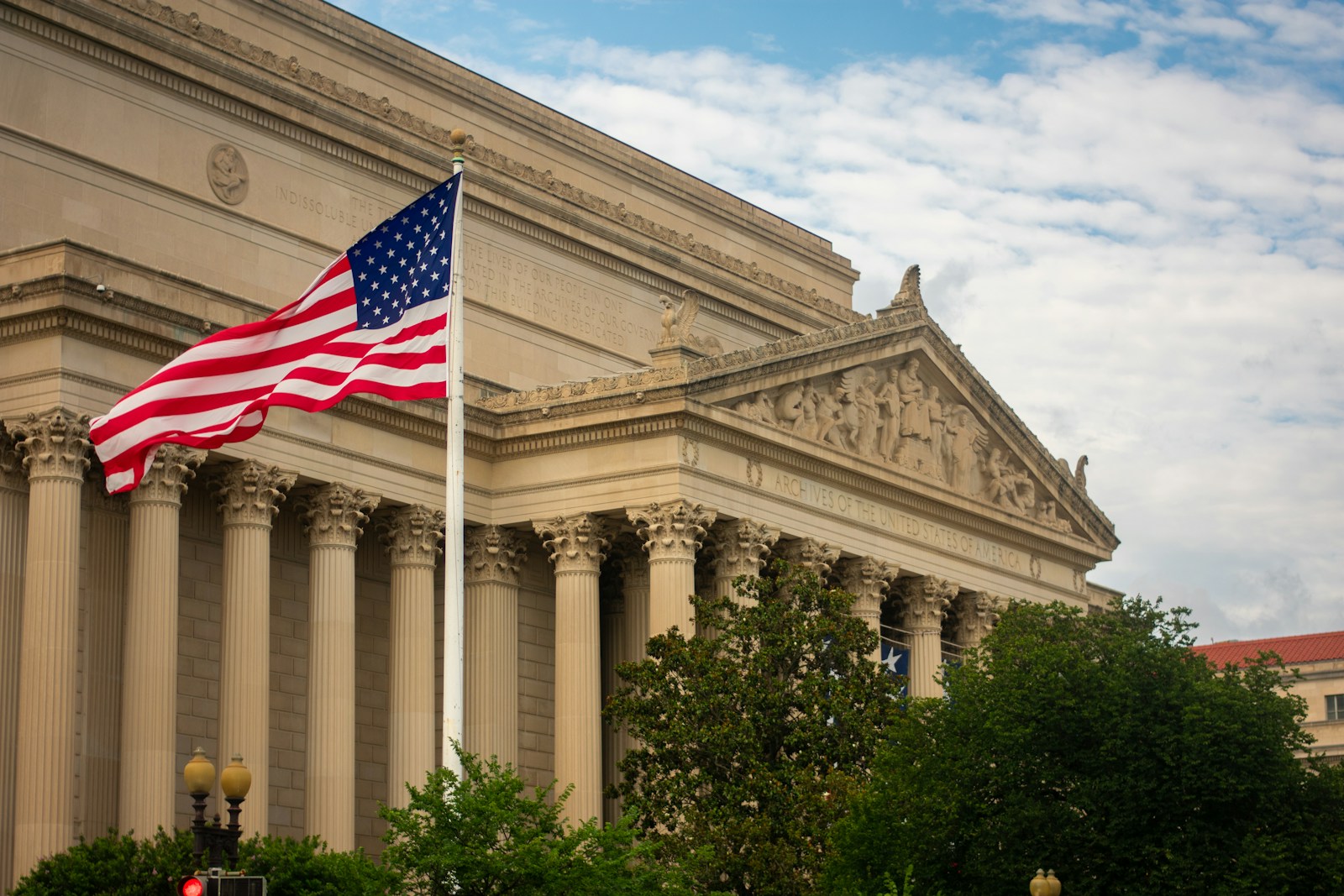Key Takeaways
• President Trump filed an “emergency” plea at the Supreme Court.
• He wants to remove the Register of Copyrights, Shira Perlmutter.
• The D.C. Appeals Court said Trump lacks that removal power.
• The fight centers on AI companies and copyright rules.
• A big court decision could shape AI training and creativity.
Trump Aims to Remove Register of Copyrights
President Donald Trump asked the Supreme Court to let him fire the Register of Copyrights. He says she blocked AI firms backed by his billionaire friends. On the other hand, critics call this a power grab with no legal basis.
Why Remove Register of Copyrights Matters
The Register of Copyrights leads the U.S. Copyright Office. That office examines how new technology, like AI, handles creative works. If the president could dismiss the Register at will, it would shift power to the White House. Such a change could reshape copyright law for years.
What Happened?
In May, Trump tried to fire Shira Perlmutter, the Register of Copyrights. She had released a draft report on AI and copyright. That report warned that AI companies might copy books, songs, or art without permission. Just a day later, Trump moved to dismiss her.
Later, the D.C. Appeals Court ruled Trump lacked the authority to fire her. They said the Register works for Congress, not the president. So Trump took the fight to the Supreme Court this fall. He labeled the case an “emergency” and wants immediate action.
Who Is Shira Perlmutter?
Shira Perlmutter became the Register of Copyrights in 2022. She leads the Copyright Office inside the Library of Congress. Her job is to guide copyright policy and advise lawmakers.
Perlmutter released a three-part report on AI’s impact on creativity. In its third section, she noted that copying to train AI could harm creators. The pre-publication report stated that AI tools risk lost sales and diluted markets. For example, if an AI model writes a new song in the style of a famous artist, fans might skip buying the real song.
AI Companies and Copyright
Several top AI firms want to train their models on massive text and image collections. They argue fair use allows copying to build smart systems. However, many creators disagree. They worry about lost revenue and imitation.
Elon Musk, one of the AI backers, even said all intellectual property laws should vanish. Critics call that extreme. Moreover, they note that without rules, artists and writers could see their work devalued.
In September, Trump hosted 33 tech leaders at a private dinner. They include chief executives from leading AI companies. Soon after, the president pushed to remove Shira Perlmutter. They hoped for a friendlier copyright regulator.
The Supreme Court Battle
Trump’s team filed an emergency plea on October 27. They ask the court to let the acting Librarian of Congress fire the Register of Copyrights. Meanwhile, Perlmutter and her supporters defend her job security.
Lawmakers like Representative Joe Morelle called the move “brazen” and “unprecedented.” He pointed out that Trump acted right after Perlmutter refused to rubber-stamp AI firms’ demands. He said the firing had no legal basis.
The Supreme Court must decide if it will hear the case now or later. If it takes the case quickly, an order could come before the 2026 elections. Otherwise, lower court rulings stand.
What Could Change?
If the Supreme Court sides with Trump, the president would gain more influence over copyright policy. An acting librarian could push for looser rules that benefit big AI firms. That might speed AI development but also risk creators’ income.
On the flip side, a ruling for Perlmutter would affirm that Congress, not the White House, controls the Register of Copyrights. It would protect the office’s independence. Then, future copyright decisions would stay fairer to artists and writers.
Beyond this case, courts are seeing more tech vs. creator fights. For now, this dispute highlights who sets the rules for AI. It also shows how powerful interests can try to shape policy behind the scenes.
Looking Ahead
The Supreme Court’s decision timeline remains unclear. Meanwhile, the Copyright Office keeps studying AI’s impact. Creators and tech firms keep debating fair use limits. And lawmakers may consider new legislation.
As a result, everyone from indie writers to major studios is watching closely. The final ruling could set a major precedent for how new technology respects or ignores creative work.
Frequently Asked Questions
What is the role of the Register of Copyrights?
The Register of Copyrights leads the Copyright Office. She advises on policy, studies technology impacts, and guides Congress on copyright law.
Why did the president try to fire Shira Perlmutter?
He wanted a regulator who would support AI firms’ plans. Perlmutter’s report warned that AI training can harm creators and infringe on copyrights.
What does the Supreme Court case involve?
It asks whether the president has power to remove the Register of Copyrights. The D.C. Appeals Court said he does not, since the office answers to Congress.
Could this affect AI training and creators?
Yes. A ruling for Trump could loosen rules, letting AI firms use creative works more freely. A ruling for Perlmutter would keep stronger protections for writers and artists.

